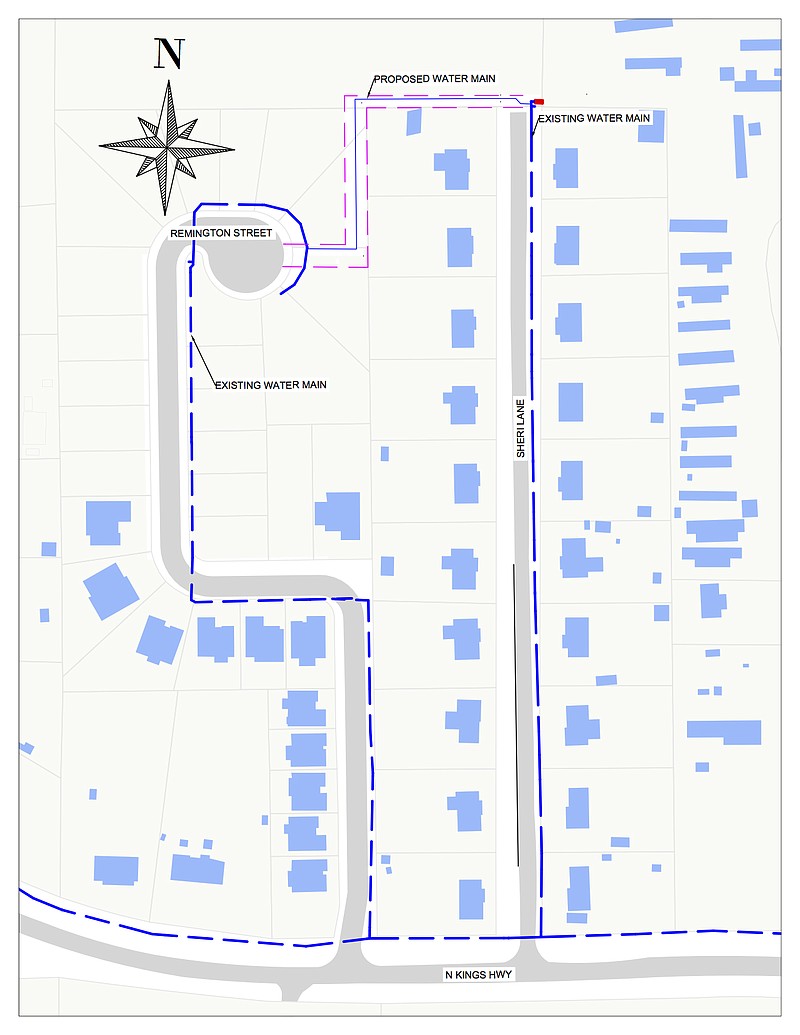TEXARKANA, Texas - Hundreds of dead ends in the water system cost the city thousands of dollars a year, a problem the new budget aims to address with a $3 million investment.
Monthly flushing of about 400 water mains' terminal ends, where the pipes are capped, uses millions of gallons of water a year. The city plans to conserve much of that water and save money, as well as to improve water quality and firefighting capability, by connecting - or "looping" - many of the dead ends together, city and Texarkana Water Utilities officials explained Friday.
Water that remains still at the mains' ends ages and becomes undesirable, TWU Executive Director J.D. Phillips said. City Manager Shirley Jaster compared the situation to a glass of water that has been sitting out until it tastes off. Water pressure lessens at the dead ends, too, affecting the ability to fight fires. A TWU crew is devoted to flushing the mains full-time.
Connecting dead ends where possible creates a continuous flow, eliminating the problem and the need to flush the pipes.
The problem is one that all municipal water systems must contend with, and Texarkana is taking advantage of a surplus in its general fund to eliminate the continual cost involved for years to come, Jaster said. The city's 2-inch to 8-inch PVC water mains likely will be in service for decades, and the one-time $3 million expenditure should pay for itself in 10 to 15 years by conserving water.
Now is the time to conserve as much water as possible, as its cost is rising to help fund a new water treatment plant, Jaster said. As part of the Fiscal Year 2020 budget approved by the City Council this month, Texas-side water rates increased by $1.50 per 1,000 gallons to pay for the plant.
Because of many dead ends' distance from others, it is not possible to loop them together. Among those where it is possible, TWU hopes to loop at least 75 using the funds allocated this year, TWU Director of Operations and Maintenance Gary Smith said. He estimated that would represent about a third of the mains that can be looped.
TWU will parcel out the work $500,000 at a time to help maintain the city's ability to respond to a financial emergency, Phillips said.
Jaster said in the future, the city may require property developers to loop new water mains as a condition for permitting.
Because of the cost, there are no plans for TWU to loop water mains in Texarkana, Arkansas, Phillips said. There, automatic devices flush many dead-end mains at night, saving person-hours but not the cost of the water thus used.

